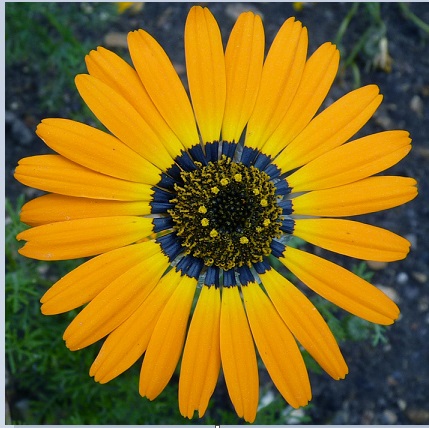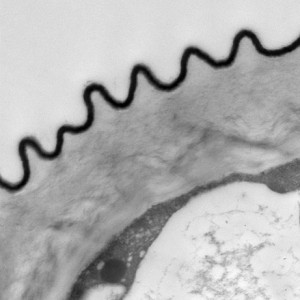Podcast: Play in new window

BOB HIRSHON (host):
Blue halos in nature. I’m Bob Hirshon and this is Science Update.
Some hibiscus, daisies, and other flowers have blue and ultraviolet rings at the center of their petals. Now, scientists think these “blue halos” are caused by mutations to the flowers’ molecular structure that changes how light is scattered. They write in the journal Nature that this makes it easier for pollinators like bees to find them.
SILVIA VIGNOLINI (University of Cambridge):
In many different species of flowers we can observe disordered structure. And it really helps to spot the flowers, and we think it’s somehow optimized and co-evolved in different species. 5C
HIRSHON:
In a series of experiments, University of Cambridge chemist Silvia Vignolini and her colleagues showed that bees located artificial replicas of blue halos more easily than identical replicas without the blue halos. I’m Bob Hirshon for AAAS, the science society.
Story by Susanne Bard

